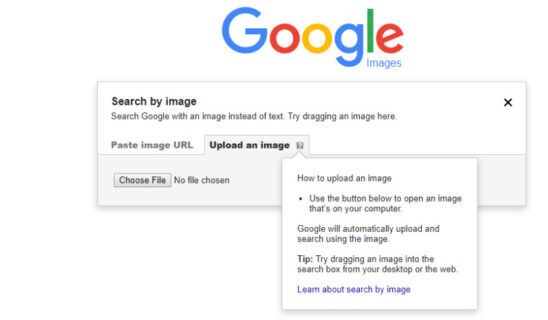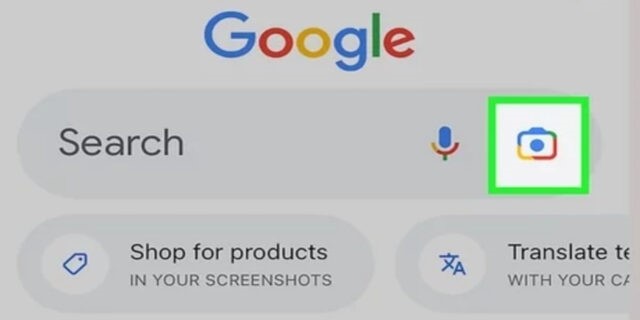Google Image Search system is a powerful tool through which google allows users to explore images using keywords and phrases. Reverse Image Search, also known as search by image, is a feature within Google Image Search that allows users to upload an image or provide an image URL to find related images and information.
Google's reverse image search is a feature within Google Image Search that allows users to search for images on the internet using an image, rather than keywords or phrases. Through reverse image search algorithm google analyze a given image for its content, composition, resolution etc to find and compare to the related images on the internet. In the reverse image search, users can upload an image or image URL. Google will take this and search and analyze it to related images on the internet.
Google's reverse image search algorithm also uses image recognition technology, which allows it to identify and understand the content of an image. This technology can detect specific features within an image, such as faces, objects, and text. Once the image has been analyzed, Google will return a list of related images and information. This includes images that are similar to the submitted image, as well as images that contain the same content.
One of the key benefits of Google's reverse image search is that it allows users to discover the source of an image, such as the website or the original photographer. Higher resolution versions of an image and copyrighted images can be found through this method .
In addition, Google's reverse image search can also be used to find related images and to discover new images based on a particular image. This can be useful for visual research, design inspiration and for finding similar images in different sizes or resolutions.
Overall, Google's reverse image search is a powerful tool that can help users discover new images, find the source of an image, and understand the context of an image. It can be used for a variety of purposes, such as visual research, design inspiration, and for identifying copyright infringement.
To optimize your images for Google Image Search and reverse image search, there are several best practices that you should follow.
Optimize image file sizes: Large image files can slow down your website, which can negatively impact your search engine rankings. Properly optimized images created in appropriate file formats, such as JPEG or PNG, and efficiently moderated file sizes through compressed formats can increase success. Using image optimization tools enables users to alter file sizes without sacrificing quality of the image
Create an image sitemap: An image sitemap provides search engines with information about the images on your website, such as the image's URL, title, and caption. Use image sitemaps to inform search engines about the images on your website. Image sitemaps provide information such as the image's URL, title, and caption. Search engines can identify and index images through this.
Use keywords in image file names: When naming your image files, include keywords that accurately describe the image. Through this search engines can better understand the image, its content and its relation to the rest of the content in the website.
Use captions and descriptions: Through tittles and descriptions every image will have an identity and help search engines identify it more efficiently. Descriptive and relevant file names is an important part of any image. Instead of using generic names like "IMG001.jpg," use keywords that describe the image, such as "sunset-beach-vacation.jpg." They also provide additional information for users who may be visually impaired.
Use structured data: schema.org which is the structured data form can help search engines in understanding the context and relation of different images in a website's content. Structured Data can offer additional information on an image. It also can provide rich snippets to your images in SERP's which can increase the click through rate.
Utilize alt tags: Alt tags can provide text description to an image. This can enable search engines to understand image context. This can also help the visually impaired users of the system. Use keywords in your alt tags to describe the content of the image and make it more discoverable by search engines.
Optimize images for Mobile: With the majority of online traffic coming from mobile devices, it's important to optimize images for mobile devices. This can be done by using responsive images and by providing different image sizes for different devices.
Optimize images for Mobile: With the majority of online traffic coming from mobile devices, it's important to optimize images for mobile devices. This can be done by using responsive images and by providing different image sizes for different devices.
By following these best practices, you can improve your chances of ranking in Google Image Search and reverse image search. Remember that it's not just about the technical side of things, but also about the quality and relevance of the images you use on your website.










